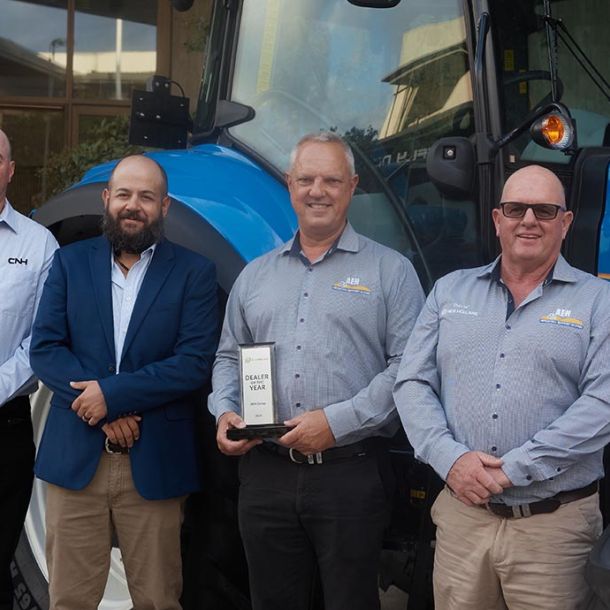Best Practices for Managing Herbicide-Resistant Weeds
Tillage season is just around the corner, and already producers are turning their thoughts to weeds. Australian broadacre crop paddocks are increasingly encountering greater and greater numbers of herbicide-resistant weeds, leading farmers to explore a variety of methods for mitigating and minimising weed occurrences.
Australian producers are not alone in their concern in the spread of herbicide-resistant weeds. An article in the Weed Science[1] academic journal featuring contributors from Australia and the United States outlined a set of twelve weed management best practices for containing and controlling weeds while simultaneously managing their opportunity for building herbicide resistance.
12 Weed Management Best Practices:
-
1Understand the biology of weeds present in the field location
-
2
Use a diversified approach toward weed management, focusing on preventing weed seed production and reducing weed seeds in the soil’s seed bank
-
3
Plant to weed-free fields, keeping fields as weed-free as possible
-
4
Plant weed-free seed
-
5Scout fields routinely
-
6Use multiple herbicide mechanisms of action (MOAs) that are effective against the most troublesome weeds present, or those most prone to herbicide resistance
-
7Apply herbicide at label-recommended rate and appropriate weed size
-
8Emphasize cultural practices that suppress weeds by using crop competitiveness
-
9Use mechanical and biological management practices when and where appropriate
-
10Prevent field-to-field and intra-field transfer of weed seeds or vegetative propagules
-
11Manage weed seed at harvest and post-harvest to minimise a build-up of the weed seed bank
-
12Manage paddock boundaries to prevent an influx of weeds
Many Australian producers utilise some of these practices, but as the pressure from herbicide-resistant weeds grows, integrating more of them into their farm’s standard practices could make the difference when finding the balance between long-term control of weeds and combating herbicide-resistance.
Understanding mechanisms of action and utilising a variety of non-herbicide mechanical and biological practices were emphasized in the study. Pre-emergent herbicides are popular for broadacre applications because they impede germination of weed seeds that already exist in the seed bed by inhibiting the generation of growth enzymes. But they’re not appropriate for every weed type, thus the need for identifying the weeds present in the paddock at the middle to end of the previous growing season and choosing the mechanism of action that works best for those weeds present.
Similarly, mechanical means of lifecycle disruption, like employing strategic tillage with specialized tillage equipment at key points in the weed’s growth and development, can prevent the propagation and expansion of weeds. But like many of the best practices listed by the Weed Science study, it functions best when implemented in concert with things like regular scouting of fields and hygiene processes for inter-field equipment transfers. Implements like the Speedtiller®, which are designed for weed control and ease of use in field hygiene actions, can be a good long-term tillage equipment investment, interrupting weed propagation cycles and promoting weed-free seed beds in your paddocks.
As the agriculturists and biologists in the Weed Science study pointed out, none of these actions are completely effective on their own. For long-term effectiveness, producers will have to develop operation-wide processes and strategies for managing their weed challenges.








